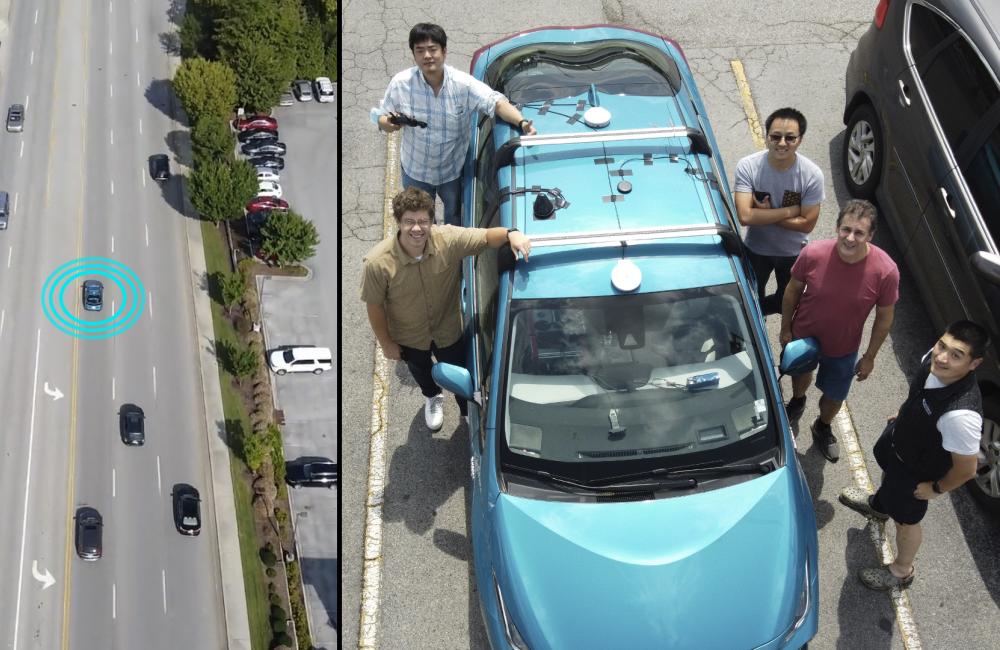
Automated vehicles wireless connected to surrounding vehicles and infrastructure can achieve up to 27 percent energy savings when connected to traffic lights, a recent study finds.
Scientists at Oak Ridge National Laboratory in Tennessee experimented with connected automated vehicles (CAVs). Automated vehicles use computers with the aim of performing some, and ultimately all, driving operations, and connected vehicles can wireless receive and transmit messages to other vehicles, infrastructure and pedestrians to support driving.
The researchers investigated how CAVs might experience better energy efficiency. They noted that when it comes to frequent stop-and-go driving, a significant amount of fuel is consumed due to unnecessary braking and subsequent acceleration. Depending on traffic conditions, more than 25 percent of fuel consumption may be due to the considerable speed variations occurring in suburban and city driving. In theory, a CAV may brake less by anticipating what is ahead and decelerating gradually by coasting, leading to dramatic fuel savings and better traffic flow.
The scientists tested a Toyota Prius plug-in hybrid passenger vehicle in electric mode on a busy multi-lane corridor in Chattanooga, Tennessee. They developed computer algorithms to control both the vehicle and the timing of traffic lights on the route.
The researchers found this strategy could dramatically boost the CAV’s energy efficiency.
“The energy efficiency of the transportation system and the CAV itself were optimized by avoiding idling, hard braking and accelerating as much as possible,” the study’s principal investigator, Jinghui Yuan at Oak Ridge National Laboratory, said in a statement. “With integrated optimization strategies, CAVs can achieve significant energy savings.”
The scientists detailed their findings in October in the U.S. Department of Energy’s Energy Office of Efficiency & Renewable Energy’s Energy Efficient Mobility Systems Annual Progress Report.

